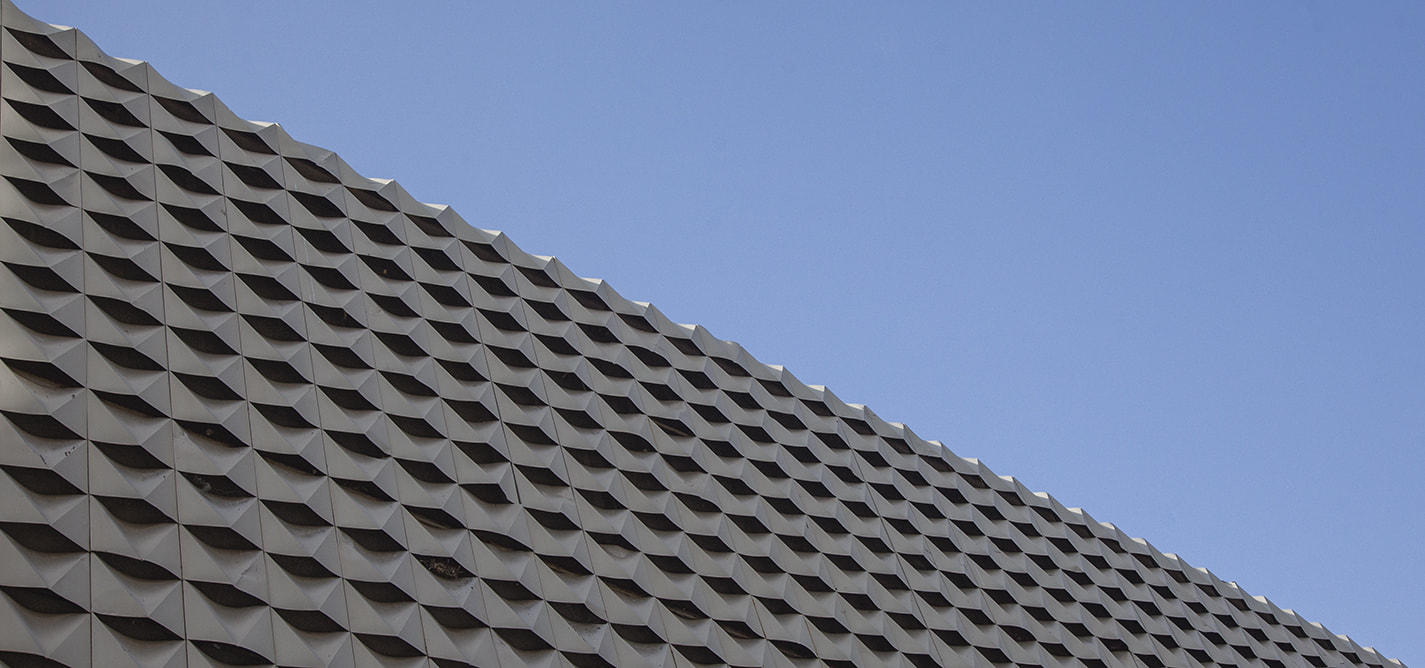
“Gërmia” controversy signals divisions on how to grow Prishtina
Disagreements over construction of a new concert hall in the capital.
|24.10.2018
|

Cristina Marí
Cristina Marí is a board member of K2.0. Cristina has a bachelor’s degree in journalism from the University Complutense of Madrid in Spain and the University of Bucharest, Romania.
This story was originally written in English.